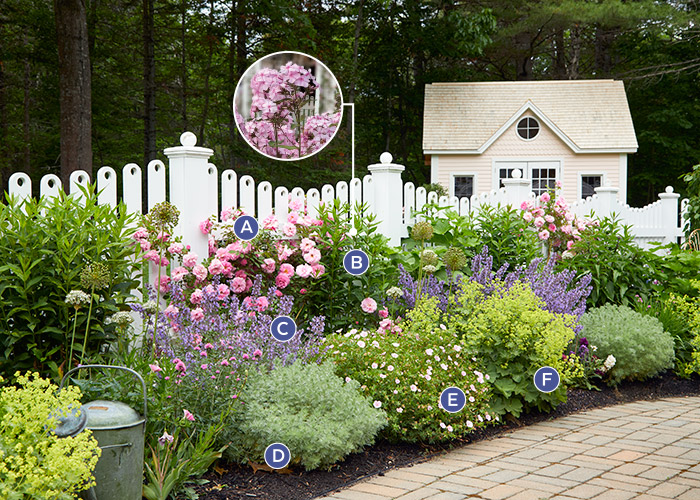
Sure, here’s an article on Cottage Garden Design:
Embracing the Timeless Allure of Cottage Garden Design
The quintessential charm of a cottage garden design lies in its rustic elegance, a harmonious blend of organized chaos and natural beauty. Rooted in history and tradition, this style of gardening carries a timeless allure that continues to captivate enthusiasts and homeowners alike. Let’s explore the fundamental elements and guiding principles that define the essence of cottage garden design.
Origins and Aesthetic
Originating in England centuries ago, cottage gardens were initially practical spaces, providing sustenance to rural households. Over time, these utilitarian plots transformed into picturesque landscapes bursting with colorful blooms, aromatic herbs, and a delightful mix of textures. The aesthetic of a cottage garden exudes a relaxed, unstructured appeal, reminiscent of simpler times and a deep connection to nature.
Key Features and Plant Selection
Central to a successful cottage garden are the plants themselves. A diverse array of perennials, biennials, and self-seeding annuals takes center stage, creating layers of interest throughout the seasons. Delicate roses, vibrant hollyhocks, fragrant lavender, and cheerful daisies are among the staples. Embracing a “right plant, right place” philosophy is essential, considering factors like sunlight, soil type, and climate for optimal growth.
Design Principles and Layout
While the cottage garden may seem wild and spontaneous, thoughtful design principles underpin its beauty. These gardens often boast a mix of heights and textures, with taller plants positioned towards the back and shorter ones towards the front, creating depth and dimension. Curved pathways, quaint arches, and rustic fences add charm and structure to the organic chaos.
Maintenance and Care
Contrary to its seemingly effortless appearance, maintaining a cottage garden requires regular attention and care. Pruning, deadheading spent blooms, and dividing overcrowded plants are essential tasks to ensure continuous blooming and prevent overcrowding. However, this hands-on approach to gardening is often considered therapeutic and rewarding by enthusiasts.
Modern Interpretations and Adaptations
In contemporary settings, the cottage garden design has evolved to accommodate various lifestyles and spaces. Urban dwellers embrace balcony-sized versions or incorporate elements of the style into compact backyard landscapes. Some opt for a more structured approach while retaining the essence of the traditional cottage garden.
Embracing Cottage Garden Design
For those seeking to infuse their outdoor spaces with the rustic elegance of a cottage garden, understanding its core elements and design principles is paramount. Whether aiming for a sprawling countryside vibe or a small patch of blooming nostalgia, the timeless allure of cottage garden design remains an invitation to embrace nature’s beauty.
To explore more inspirations and ideas for Cottage Garden Design, visit Classic Cinema Images – Cottage Garden Design.
This article delves into the essence of cottage garden design, its origins, key features, design principles, and contemporary adaptations, offering insights and inspiration for gardening enthusiasts.









